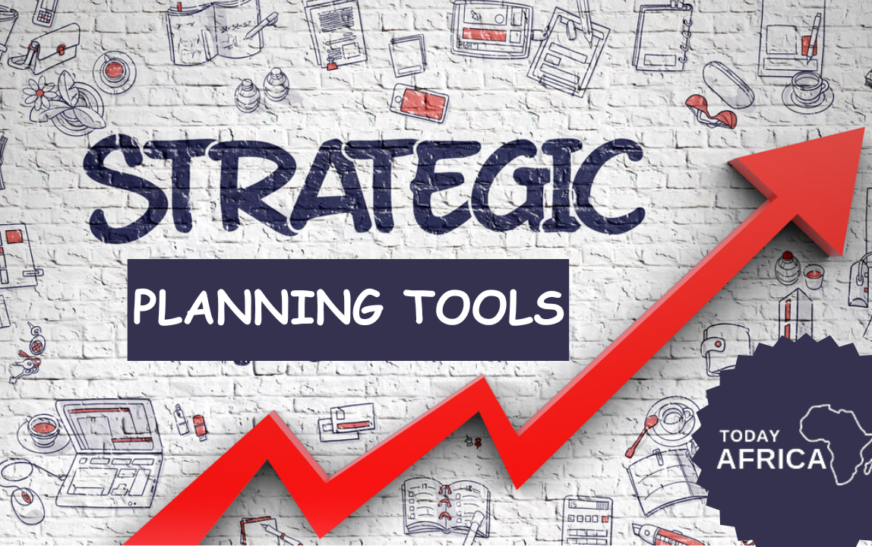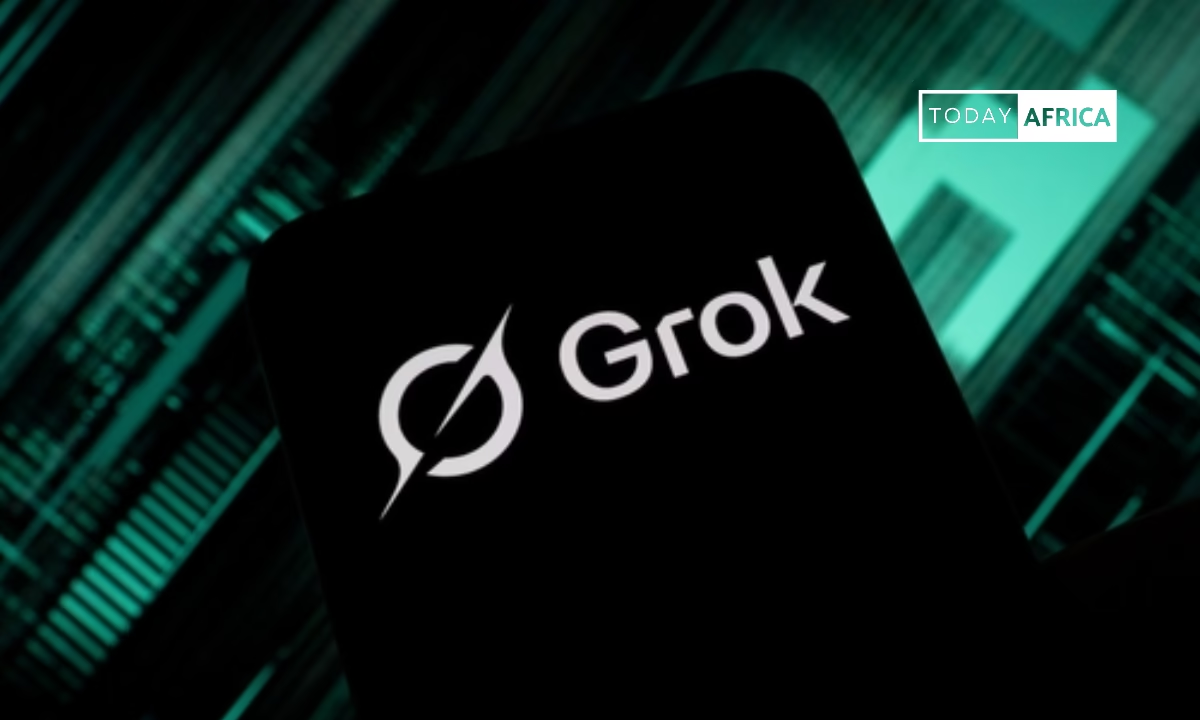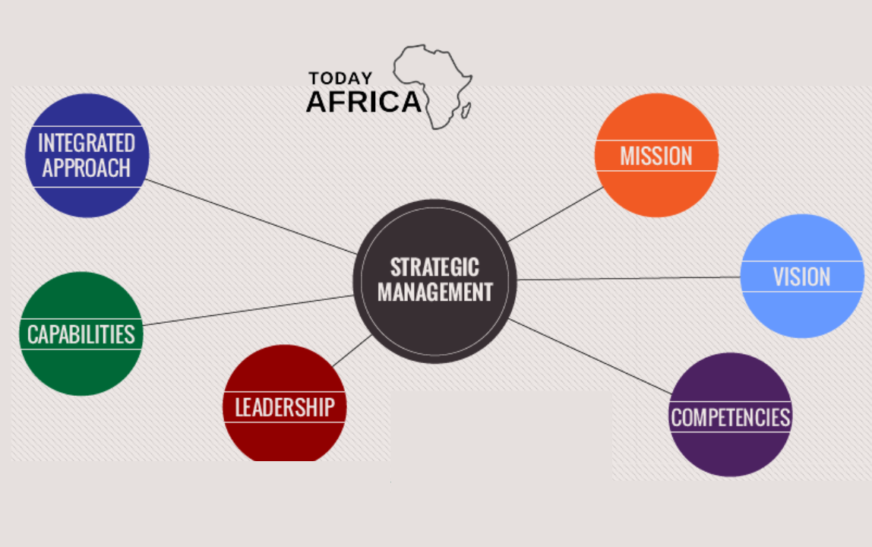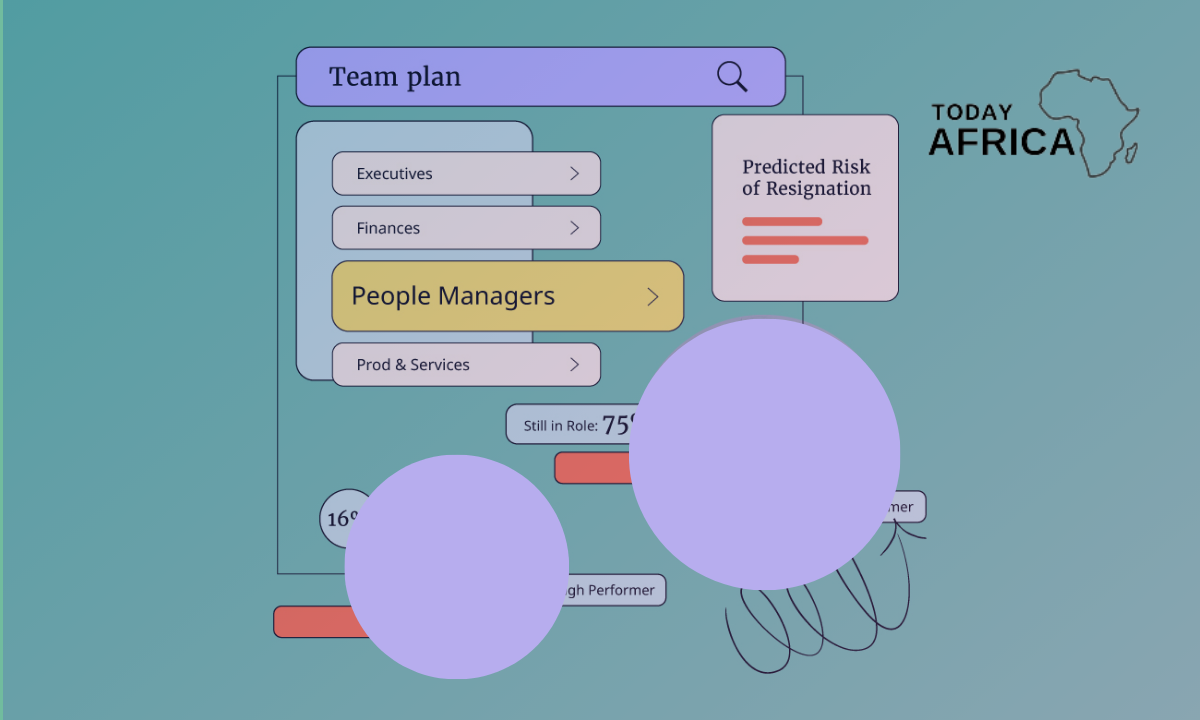When I started my first business, which ultimately failed, I didn’t know about strategic planning tools or even their usefulness.
Because no one ever mentioned that to me, probably, it’s one of the reasons the business collapsed.
Recently, I launched Today Africa with my co-founder, and to avoid it collapsing, we are learning these techniques. Hey, we’re not experts, we are still learning.
So, in this article, I’ll show the best planning tools we’re using to run Today Africa.
Let’s dive into it.
What are Strategic Planning Tools?
Strategic planning tools are techniques and models used to determine where a business is presently, where the owner wants it to be in the future, and which key metrics and initiatives they should track and pursue to achieve their goals.
You can call it a roadmap used in achieving long-term success and staying ahead of the competition.
Meaning, without them, you risk losing direction, wasting resources, and missing out on growth opportunities.
Best Strategic Planning Tools
1. SWOT analysis
In SWOT analysis, your team brainstorms to come up with several strengths, weaknesses, opportunities, and threats for your business, then list those items in four quadrants.
This image by Software Advice explains it better:
In my own business, I looked for connections between the quadrants (especially connections between strengths and opportunities) to inform my strategy.
The great thing about SWOT analysis is that it can be used for annual strategic planning or everyday decision-making.
Adapt SWOT analysis to a rapidly evolving market by using it at the individual project level.
For example, say your writing business is considering expanding. Using SWOT, you could come up with the following assessment: Strength:
- Efficient, established writing team.
- Weakness: Limited client base.
- Opportunity: Expand services to AI (Prompt Engineering).
- Threat: Most people are moving into prompt engineering services.
In this case, your business can match its strength to the opportunity to expand and leverage its experienced team to make headway in this new competitive market.
SWOT analysis can be adapted for a variety of situations, it’s ideally suited for growth businesses that are making significant changes to their strategy to take advantage of market opportunities.
2. OKR framework
The OKR (Objectives and Key Results) is famously used for strategic planning by Google, Microsoft, and Intel. OKRs work by establishing a clearly defined goal (the objective) along with a handful of key results—that is, measurable checkpoints that build toward the target goal.
One strength of OKRs is that they are highly adjustable.
For example, if your goal next year is to double the size of your business, and key results include increasing revenue by $250k, hiring 5 new employees, and adding three new high-value clients, you can scale those numbers to account for the market changes.
Say, increasing the size of your business by 250%, increasing revenue by $100k, hiring 7 new employees, and adding two new high-value clients.
OKRs are good for established, profitable businesses that might need to make adjustments to continue growing without throwing off a successful formula.
3. PEST analysis
The PEST (political, economic, sociocultural, and technological) analysis makes your team weigh socioeconomic factors in their business forecasting.
Also, PEST analysis is frequently modified to include legal and environmental factors (PESTLE analysis).
For PEST analysis to be used effectively, it helps to have representatives on your team with a working knowledge of the component factors.
This analysis ensures that your business remains proactive in response to changes in the market and it’s best suited for larger, established businesses with sufficient resources.
4. Balanced scorecard
Balanced scorecard is a strategic planning model designed to incorporate both financial and non-financial (customer, internal, innovation) measures.
This model was popularized in a 1992 article by Robert Kaplan and David Norton published in the Harvard Business Review.
To use the balanced scorecard, you seek to answer the following four questions:
- How do customers see us?
- What must we excel at?
- Can we continue to improve and create value?
- How do we look to shareholders?
You should answer the above questions in four quadrants, linking them together where possible (similar to SWOT analysis), then translate the answers into operational strategy, individual performance goals, and business planning.
The Balanced Scorecard enables you to track progress, identify areas for improvement, and monitor the overall success of your strategic initiatives.
This strategic planning tool can be used in businesses such as automotive, financial, healthcare, manufacturing, technology, education, etc.
5. Scenario planning
Scenario planning involves envisioning and preparing for various future scenarios to ensure your business is well-equipped to handle unexpected challenges.
By creating alternative scenarios and analyzing their potential impact, you can develop flexible strategies that adapt to changing circumstances.
This helps you proactively address uncertainties and make better decisions that drive long-term success.
Incorporating Strategic Planning Tools into Your Business
- Identify your business objectives and long-term goals.
- Select the most relevant strategic planning tools based on your business needs.
- Gather the necessary data and information to conduct thorough analyses.
- Use the chosen tools to perform SWOT analysis, PESTLE analysis, and other assessments.
- Develop a strategic plan that aligns with your objectives and leverages the insights gained from the tools.
- Implement your plan, monitor progress, and adapt as needed.
- Regularly review and update your strategic plan to ensure it remains relevant and effective.
Remember, strategic planning is an ongoing process, and these tools serve as companions in your journey toward success.
Comment and follow us on social media for more tips:
- Facebook: Today Africa
- Instagram: Today Africa
- Twitter: Today Africa
- LinkedIn: Today Africa
- YouTube: Today Africa Studio
















